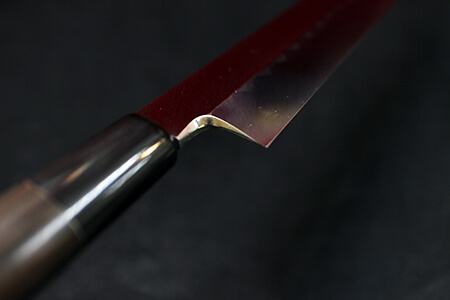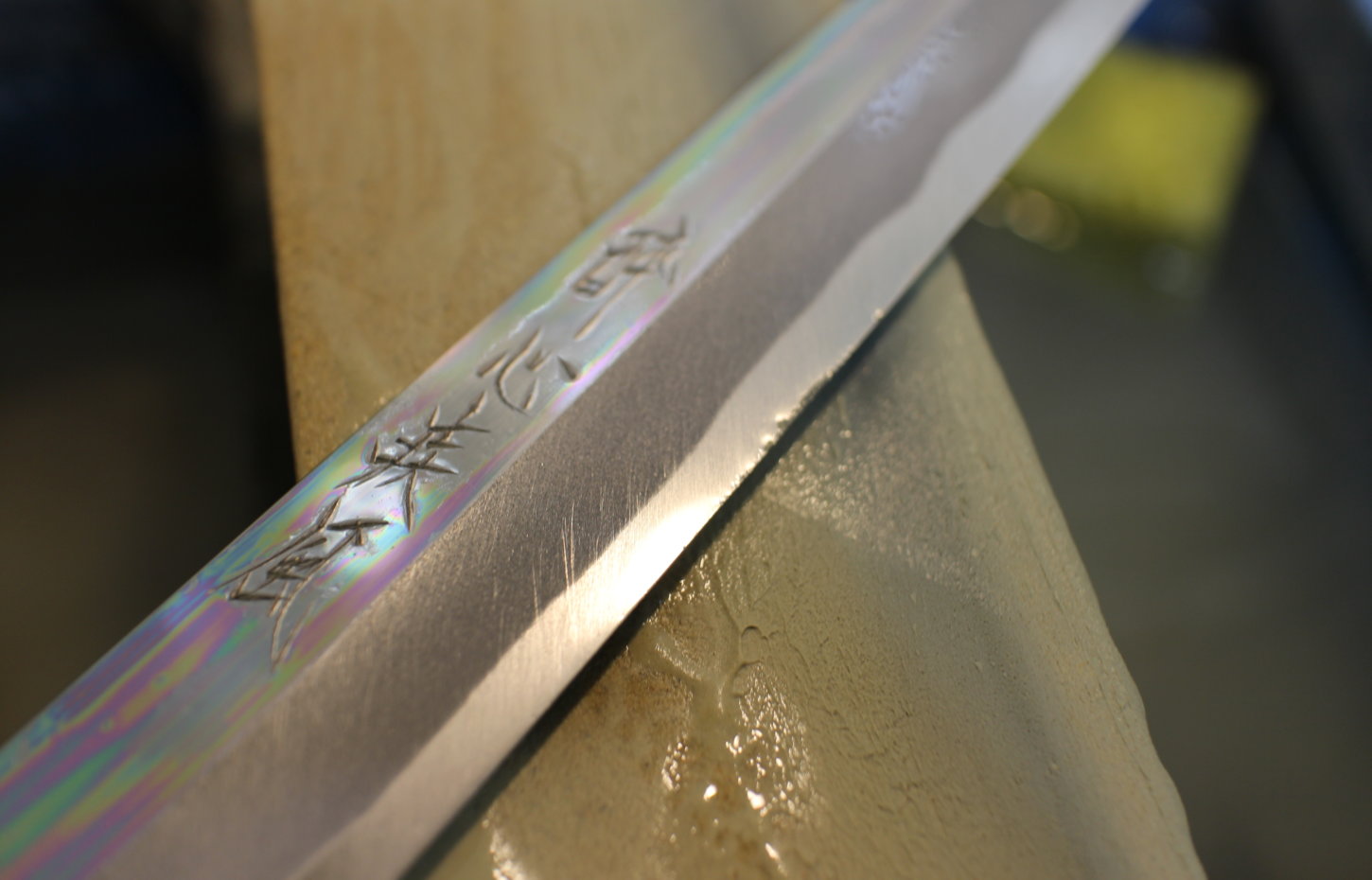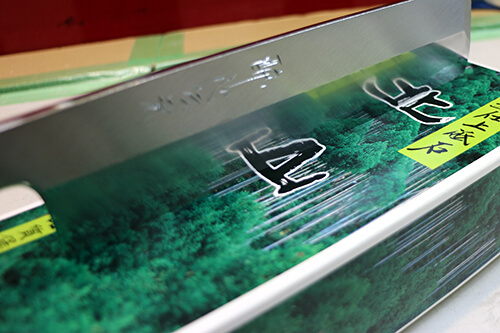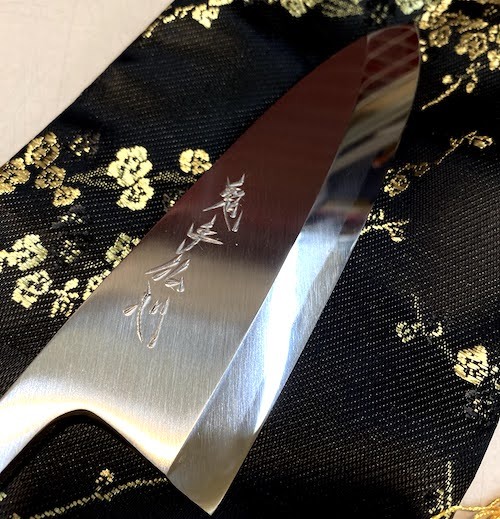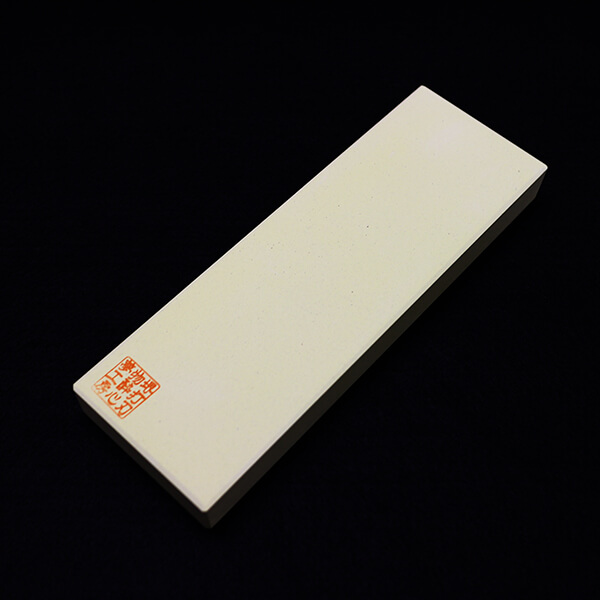Gyuto back sharpening
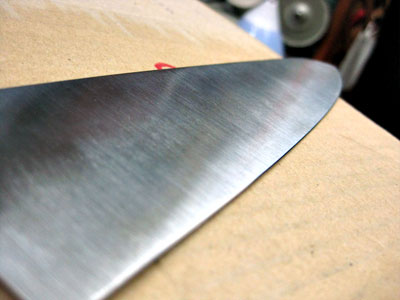
Lately, I’ve been pondering the final edge on Western-style knives. I wanted to turn the edge they come with from the factory into something that’s practically sharp… It’s true they cut well as is, but I felt they lacked that feeling of effortlessly gliding through ingredients.
I tried various things, like changing sharpening stones and altering sharpening angles. Among the experiments, I found that the sharpening angle on stainless steel Western knives had a lot to offer. Depending on the edge angles from both the front and back, the sharpness changed significantly, leading to different blade properties down the line.
If I’m honest, my baseline for sharpness comes from Japanese knives, so there might be some bias in what I consider ‘that’s it!’ level of sharpness. However, being from Sakai, I thought maybe I should approach Western knives with a more Japanese knife-oriented perspective!
I discussed this with sharpening artisans, and after much debate, we arrived at the idea of focusing on the ‘backside sharpening.’ It’s a concept rooted in Japanese knife thinking: after all, knives are more about the backside than the front when you think about it (in terms of blade strength and edge retention).
For Western knives, omitting the backside sharpening results in terrifyingly sharp edges (if all you need is sheer sharpness). This is as much as I can convey in text, as explaining the actual sharpening process would go beyond the scope of a blog post.
I believe that since most people are accustomed to sharpening the front side, tackling the somewhat challenging backside sharpening for Western knives can help you achieve a sharper edge that lasts longer than what you have now.
By the way, I’ve already found a solution to my dilemma. I’ve managed to give Western knives an edge as sharp as Japanese knives. The tips are still double-edged, though… Sharpening is quite the labyrinth, isn’t it? You can get lost in it even when you’re experimenting on your own.
hibishugyo
- 2009-11-17
